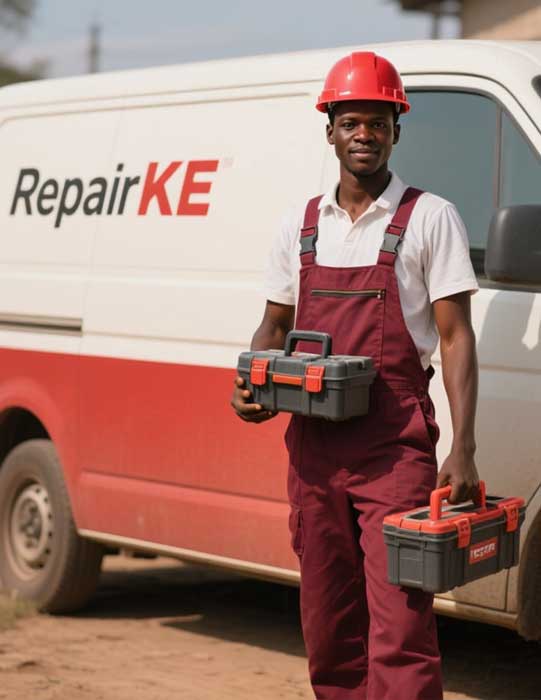A faulty ground clamp is a common issue in welding machines that can disrupt the welding process, leading to poor weld quality or an unstable arc. The ground clamp, also known as the earth clamp, completes the electrical circuit by connecting the workpiece to the welding machine. When it malfunctions, it can cause intermittent arc issues, weak welds, or complete failure to initiate an arc, significantly affecting productivity.
The primary cause of a faulty ground clamp is poor electrical contact, often due to corrosion, dirt, or wear on the clamp’s contact surfaces. Over time, exposure to moisture or contaminants can lead to rust or oxidation, reducing conductivity. Loose or damaged connections between the clamp and the cable or the cable and the machine can also interrupt the circuit. Additionally, using a clamp that is not rated for the machine’s amperage can result in overheating or failure, as the clamp may not handle the required current. Physical damage, such as a bent or broken clamp, can further exacerbate the issue.
Diagnosing a faulty ground clamp begins with inspecting the clamp for visible signs of corrosion, dirt, or damage. Ensure the clamp is securely attached to a clean, unpainted area of the workpiece, as paint or rust can impede conductivity. Check the cable for fraying, cuts, or loose connections at both the clamp and machine ends. Using a multimeter, measure the continuity between the clamp and the machine to confirm a stable electrical path. If the clamp is clean and secure but issues persist, test the machine’s output to rule out internal electrical faults, which may require professional repair.
To prevent ground clamp issues, regular maintenance is essential. Clean the clamp and cable connections periodically using a wire brush to remove corrosion or debris. Store the clamp and cable in a dry environment to prevent rust. Ensure the clamp is rated for the machine’s amperage and replace worn or damaged clamps promptly. When setting up the weld, always attach the clamp to a clean, bare metal surface and verify a firm connection. Routine inspections can also identify potential issues before they disrupt welding operations.
In industrial settings, where welding machines are used extensively, a faulty ground clamp can lead to significant downtime. For example, a loose clamp may cause the arc to sputter, resulting in inconsistent welds that fail quality checks. By prioritizing proper clamp maintenance and selection, welders can avoid these issues. If problems persist despite a well-maintained clamp, internal machine components, such as the output terminals or control board, may be faulty, necessitating professional diagnosis and repair.
By addressing ground clamp issues proactively, welders can ensure a stable electrical circuit, resulting in consistent arc performance and high-quality welds. Regular maintenance and proper usage practices are key to minimizing this fault and maintaining efficient welding operations.
Authored by Repair.co.ke






